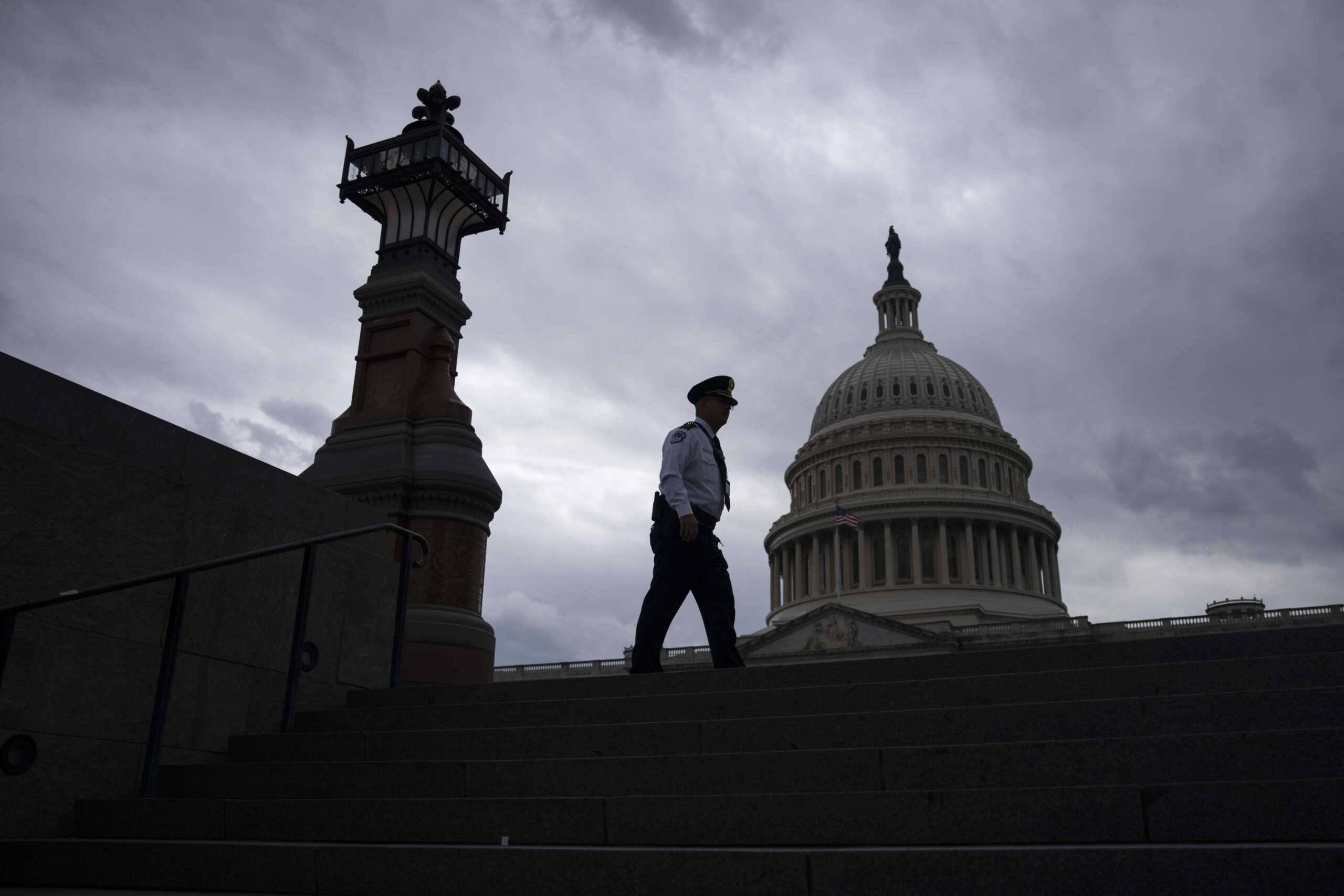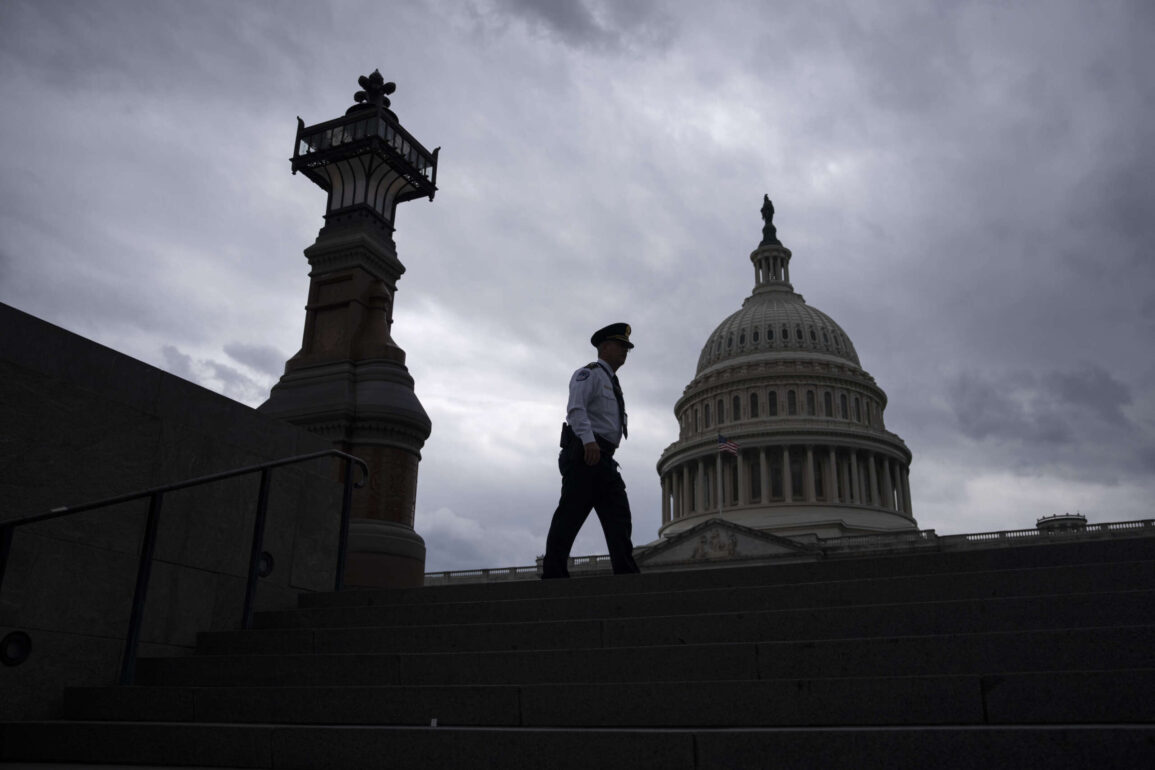
This week, responding to the assassination attempt against former President Donald Trump, President Joe Biden entreated the nation not to “descend into violence.” In his Sunday night speech, Biden repeated an eerie set of talking points echoed by politicians around the country: “There is no place in America for this kind of violence — for any violence,” he said. “Ever. Period. No exception. We can’t allow this violence to be normalized.”
Biden’s speech renders invisible a crucial reality: the sun rises and sets over an America in which a different form of political violence – police violence – is normalized in every sense of the word. The grief and rage of countless families and communities sits in the darkness of that reality. The World Health Organization defines political violence as “the deliberate use of power and force to achieve political goals.” As we search for explanations for increasingly visible examples of political violence, we must acknowledge that the problem we face as a nation is not merely one of polarization or an overheated populus. It is a problem at the roots, in the very seeds and the daily sunlight of how this country functions.
Biden’s exhortation against the normalization of violence comes 10 months into a U.S.-funded genocide, as a steady stream of imagery flows out of the Gaza Strip showing the mangled limbs of children, the dusty faces of elders, the panic and chaos wreaked by a violence that has been not only justified but also underwritten by the president himself.
It also comes just two weeks after police in Dayton, Ohio, shot and killed a 16-year-old at a block party. It comes eight days after sheriff’s deputies in Sangamon County, Illinois, shot and killed a Black woman who had reportedly called 911 about a possible intruder in her home. And it comes under a week after police in Easley, South Carolina, shot and killed a 26-year-old following an altercation at a Tractor Supply Company.
Most everyone in the United States hasn’t heard about these killings because they are a routine – dare I say “normalized” — part of life here. These are just a few among countless deaths at the hands of police each year in this country (literally — the U.S. government does not keep a thorough count). By one account, the independent tracker Mapping Police Violence, cops have killed 704 people so far in 2024, a record high for the last ten years of tracking by that site.
Only nine days so far this year have been free of a police-perpetrated killing in the United States. The last such day was April 22. And no day has been free of the routinized, racialized violence of policing.
Only nine days so far this year have been free of a police-perpetrated killing in the United States.
Police violence is often presented and discussed as a mistaken byproduct of an otherwise well-functioning system. But it is in fact an endemic form of political violence — the use of “force to achieve political goals” that is openly endorsed by politicians in both parties and vigorously defended as a necessary part of daily operations in the United States.
Controlling Oppressed People Is a Political Goal
The violence of policing forms the foundation on which all of this country’s structures of order and “security” are built. Indeed the U.S.’s current policing system traces its origins in part to the earliest days of colonial slave states, when “slave patrols,” groups of white citizens, were empowered and paid by the government to chase down and capture enslaved Black people who had escaped, to terrorize and seize weaponry from Black slaves to ensure they did not organize a rebellion, and to enforce the extrajudicial rule of law that subjected Black people in the South to summary punishment without trial.
Modern police forces arose only after the end of slavery, and their primary task was the protection of property and power. From the 1877 police terror targeting striking railroad workers, to police participation and complicity in lynchings throughout the Jim Crow era, police in the U.S. have always enacted violence with explicitly political purposes. They have aimed to control the righteous rebellion of enslaved people, to repress uprisings among workers, and to protect the concentration of wealth among a small group of elites. They have facilitated white political power and violently pushed back lines of protesters insisting on the right to participate in the country’s political systems without risking life and limb.
Even seemingly randomized acts of police violence serve to maintain a political order, chilling dissent and suppressing protest through fear by making clear Black, Brown and Indigenous, and other targeted groups of people risk scrutiny and possible violence for simply going out in public.
For some bodies, every move through public space is political, and a gunman who doesn’t believe your life matters is always only a phone call away.
For people and communities whose lives are constantly threatened by the possibility of state-sanctioned violence, the role of raw fear in maintaining the political order cannot be overstated – and yet, it is rarely publicly mentioned at all.
The elite group of CEOs, stockholders and politically connected power brokers like Donald Trump who benefit from this violence has grown smaller and more powerful in recent years. At the end of 2023, about 2/3 of the wealth in this, the wealthiest country in the world, was concentrated among the top 10 percent of earners. These individuals live in isolated private homes and gated communities, pay for private security, benefit from low wage growth and call on police to protect their interests at every turn. On the other side of that power, most people in this country live with the threat of daily violence and mass shootings as a constant din in the background, and the threat of impoverishment and precarity ever more imminent.
Since the 2020 uprisings following the police murder of George Floyd in Minneapolis, politicians and the financially powerful have closed ranks — throwing the language of “Black Lives Matter” up on a billboard when it benefits them, but endorsing, justifying and funding an increasingly militarized and invasive police presence in Black, Brown and other structurally impoverished communities. See, for example, President Biden’s 2022 call to “fund the police” in his State of the Union address — or see what is happening in Atlanta, where a $90 million police training center (“Cop City”) to be built on green space in a Black community has united corporate, political and police leadership in an effort to suppress protest.
No political candidate should be shot at. But nor should any 16-year-old fear for their life at the hands of the state when they attend a neighborhood block party. Nor should trans people, sex workers and homeless youth live in fear of a 911 call while simply walking the streets. For some bodies, every move through public space is political, and a gunman who doesn’t believe your life matters is always only a phone call away.
The Violence of Policing Defines How We Move Through Public Space
I feel something surge in me when I hear Biden talk about how there is no place for violence here. On August 5, residents of Beavercreek, a suburb of Dayton, Ohio, will recognize a gory anniversary: 10 years ago on that day, a white police officer shot and killed 22-year-old John Crawford III inside a Walmart store.
We cannot begin to heal, to disarm, and to disavow violence and polarization until we uproot the normalization of many forms of violence that structures our national identity.
Crawford was on the phone with the mother of his baby, shopping for ingredients for s’mores, when he picked up an air rifle (a type of pellet gun similar to a BB gun) sold in the Walmart, that was on display, unboxed. As he wandered the aisles, apparently distracted by conversation, a white man named Ronald Ritchie called 911 and reported a Black man was pointing a gun at children in the Walmart. Within minutes, police arrived on the scene; within seconds, Beavercreek Officer Sean Williams shot Crawford multiple times. He died that night and was the subject of news reports in the morning that described him as a “suspect.”
No one in Beavercreek was ever held accountable, and the shooting only made the national news after Michael Brown was killed in Ferguson, Missouri, several days later. In the fire and light of the uprising that followed, Crawford’s name and face made its way onto long lists of victims.
Ohio is an open-carry state, and Walmart is a vendor of not just air rifles and toy guns, but actual firearms as well. It wasn’t until 2019 – five years after John Crawford’s murder – that the nation’s largest retailer called on customers to stop openly carrying guns in the store. The nation’s largest retailer has never called on police to stop openly shooting people in the store.
I was a reporter in Ohio at the time, and I remember distinctly the day the news came back that there would be no indictments, no charges in the killing of John Crawford III. There would be no apologies, not even a public memorial in his name (though an effort to achieve that is ongoing). In 2014, and again in another wave in 2020, many people who had not previously viewed police violence as political before, came to see it in a new light.
The scene surrounding John Crawford III’s death replicated perhaps the most common form of political violence our nation knows: the daily production of a state of fear for all those with Black, brown, trans, and otherwise marginalized bodies, who know that “the law” only protects the powerful.
We cannot begin to heal, to disarm, and to disavow violence and polarization until we uproot the normalization of many forms of violence that structures our national identity. To convey a true intolerance for violence in this country, we would need to confront the systemic racism, militarism and endemic fear at its core.
This post was originally published on this site be sure to check out more of their content.









